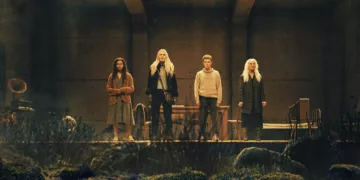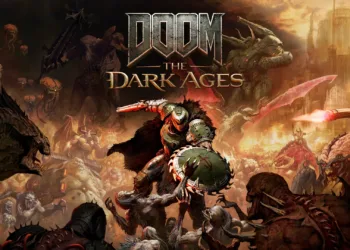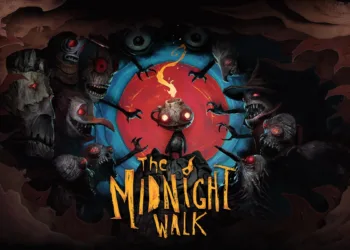In director Ishana Night Shyamalan’s new horror film The Watchers, a group of strangers finds themselves trapped in an uncharted Irish forest and stalked by mysterious creatures that emerge each night. While the movie generates scares from keeping these beings obscured for much of the runtime, it ultimately pulls back the curtain to reveal they are the changelings of European folklore.
According to ancient legends prevalent across cultures like Ireland and Scotland, changelings are supernatural faerie beings that substitute themselves for human children they have kidnapped. The folklore suggests that by swapping a faerie changeling for the child, the faerie folk could ensure the smooth rearing of their offspring in the human world.
However, the changelings depicted in The Watchers are not swapped children but the faerie creatures themselves. Descended from the original faerie inhabitants of Ireland, they possess the ability to mimic human appearance, voices and mannerisms with disturbing accuracy after studying their captives.
“For most of the movie’s runtime, the physical appearance of the creatures is hidden as Mina and her companions remain trapped behind a two-way mirror,” explains critic Samantha Hutchins. “But eventually we get a full look at the changelings’ true monstrous form – slender beasts that walk on all fours and have elongated limbs with sharp claws.”
The changelings’ confinement to the woods is a direct result of an ancient war they lost against humanity centuries ago. As Brian Fletcher of Wilderness Ireland notes, “Irish folklore indicates the faeries were the original inhabitants of Ireland who lived harmoniously with the Celts for a time. But they were ultimately driven underground by the Celtic warrior tribe known as the Milesians.”
Deprived of their magical forest realm, the changelings lost their ability to fly and became trapped in the dark, uncharted woods – the last vestige of their once great power and domain. Their nightly observance of the human captives is an effort to better impersonate them, presumably to escape their sylvan jail.
While the film’s protagonists ultimately escape, the ending reveals that one of their erstwhile companions Madeline is revealed to be a “halfling” – a hybrid offspring of a human and changeling. With her ability to seamlessly mimic humans and withstand sunlight, Madeline symbolizes the changlins’ enduring threat to the human world.
“The ending establishes a larger world and mythology that exists on the outskirts of the film,” Shyamalan explained to interviewers. “There’s a whole complex world you haven’t yet seen that could be further explored.”
However, despite this enticing narrative setup, the poor critical reception and box office performance for The Watchers makes a sequel increasingly unlikely. The film has been panned by many critics as a misfire that fails to effectively utilize its rich folkloric source material.
Still, by tapping into the fertile legends surrounding faeries and changelings, The Watchers reminds audiences that many of our oldest myths and stories arose as ways for our ancestors to make sense of the unknown. What они may have dismissed as afflictions or strange behavior could be reframed today as developmental disorders, mental illness, or neurodivergence.
Whether Shyamalan gets to expand this particular cinematic world further or not, The Watchers has great foundations to build from – immersing viewers in a realm where the mythical entities of yesteryear lurk just beyond the periphery of the known world.
















































